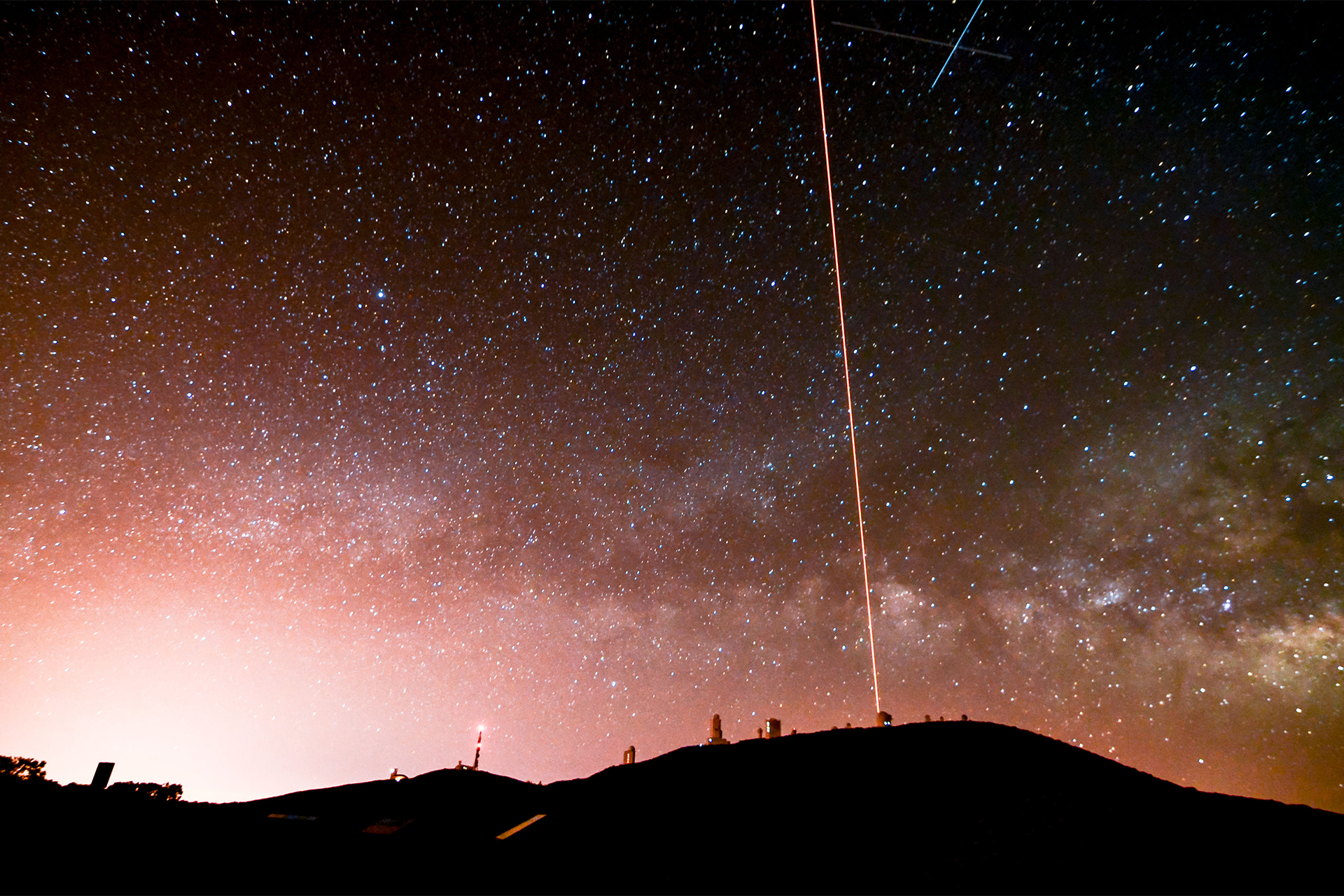Humanity’s ambition does not stop at limits, and the desire of the world’s major powers to expand knowledge of the universe and its exploration also does not stop at borders. With a desire to expand the World Wide Web across our galaxy, NASA presented in a press release the results of a test experiment to achieve this, in which an encrypted data message was sent via a laser beam from a distance of approximately 16 million kilometers.
This is about 40 times the distance of the Moon from Earth, and it is the first time that optical communications have been transmitted over this distance.
Traditionally, radio waves were used to talk to distant spacecraft, but higher frequencies of light, such as near-infrared, provide increased bandwidth and thus a huge increase in data speed.
So if humanity will eventually be able to send high-definition video messages to and from Mars without significant delay, this experiment is a step toward the technology we need.
Watch the following video that explains the mission of communications and data transmission across deep space using lasers.
Optical communications in deep space
This NASA test is part of the Deep Space Optical Communications Experiment, known as “DSOC,” and this test achieved what could be called “first light” in this experiment.
This is one of several important milestones for the deep space optical communications experiment, paving the way toward higher data rate communications capable of sending scientific information and high-resolution images, said Trudy Curtis, director of technology demonstrations, in the NASA press release. And broadcast videos to support humanity’s next giant leap.
As the report published on the ScienceAlert website notes, we all rely on similar technology embedded in optical fibers for our high-speed terrestrial communications, but this technology has been adapted for use across deep space to improve existing methods of returning information to Earth.
Because the light used in the experiment is light in the infrared range, engineers can easily transmit its waves in the form of a laser. This will not cause the light to move faster, but it will organize and constrict its beam into a narrow channel. This requires much less energy than scattered radio waves and is more difficult to intercept.
Image showing the SAIC spacecraft with its gold-covered laser transceiver (NASA)
The technical requirements are not easy
To achieve this, the data is encoded in the photons emitted by the laser, which requires a number of heavy tools to prepare the information for transmission, and translate it at the other end.
Another challenge is getting the system to adapt its settings to determine location in real time. For example, in this latest test, the laser photons took about 50 seconds to travel from the spacecraft to the telescope, and both of them were hurtling through space while this was happening, as the laser transmitter and receiver that made the connection is on board the Psyche spacecraft, which With a two-year technical experimental mission headed to the asteroid belt between Mars and Jupiter, it contacted the Hale Telescope at Palomar Observatory in California.
The SAIC rover is scheduled to fly around Mars, so testing will continue to improve and develop the innovative near-infrared laser communication method, making sure it is as fast and reliable as it should be.

